I was doing some early “spring cleaning” over winter break, and came across an old pocket chart that I used when I was teaching in the classroom. A flood of ideas came to me while I was on break on how I could use the pocket chart in the library with some of the lessons that I do repeatedly with various grade levels. One of those activities that I came up with is a Fiction and Non-Fiction Pocket Chart Activity.

I teach this skill in all grade levels (kinder – 5th) to some degree, and always feel like I’m not reaching everyone. I thought if I made an activity that would be hands-on, that could be built piece by piece, that I could use repeatedly with all grade levels, it might help them remember over time.
Here’s what I did:
First, I printed the out the cards on white cardstock and then laminated each piece. I cut them apart, and then hung up my pocket chart in my story time area on the stand that’s right by my chair.

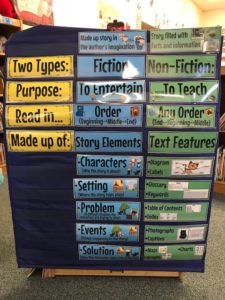
In the beginning. I used this Fiction and Non-Fiction Pocket Chart Activity more as a gradual and on-going lesson, only introducing a few things at a time each week. 1) At first, we just practiced learning and/or reviewing the two Types of Stories and their definitions and put up those cards. 2) For the next lesson, we reviewed the names and definitions but also discussed the “Purpose” cards. 3) The following lessons, we reviewed 1 & 2, but then began to just focus on the Fiction side. We looked at how you had to read the book In Order (beginning, middle, and end) for it to make sense, and added this card. 4) Finally, we looked at the different Story Elements, and practiced retelling the story using each of the 5 element cards: Characters, setting, problem, events, solution.
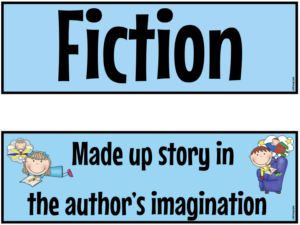
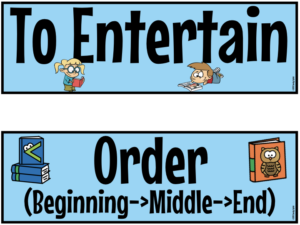
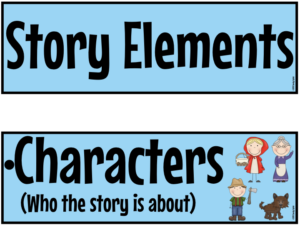
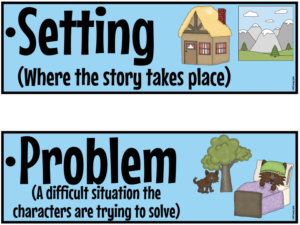
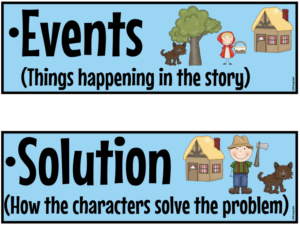
In subsequent lessons, we reviewed steps 1, 2, and 3 but then began to explore the Non-Fiction side. 1) We looked at how you could read the book In Any Order (end, beginning, and middle), and added that card. 2) We looked at the different Text Features, and practiced looking for different examples of the 11 Text Features on the chart. *Note: We did talk about how there are more Text Features, but that we were going to focus on these 11.
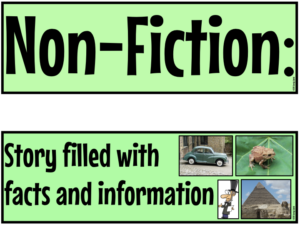
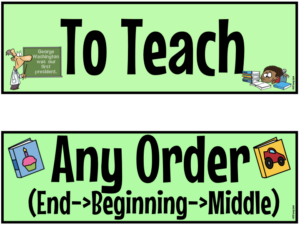
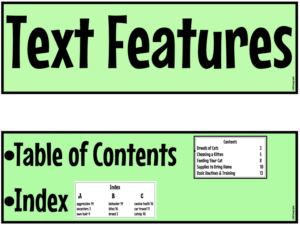
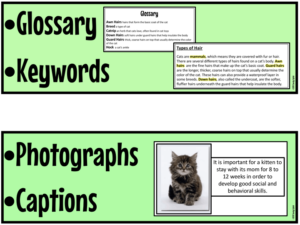
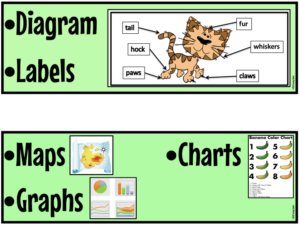

For my more “active” classes, I have modified the activity to be more “hands-on” and give them an opportunity to move around the library, and get some energy out. Some examples of ways you can modify this activity are: 1) Hand out the cards to the students and have them come up to “build” the poster. 2) Place the cards on a table and ask for volunteers to go to the table and find the answers to our poster. When I do these games, I always allow them to “call a friend” to help them if they choose.
Now that we have done all these lessons, we review the entire poster set before we read our story for the day. After our story is finished, I have the students use the poster to help decide if the book was Fiction or Non-Fiction. One strategy that has REALLY helped cement their understanding of Fiction and Non-Fiction books is citing their evidence. When they tell me that a book was Fiction (or Non-Fiction), I ask them “How do you know?” and make them cite evidence from the story that supports their theory.
One final thing I made was a set of bookmarks that I handed out to students as we reviewed each type of book. I also have copies double sided in our bookmark area that they can take throughout the year.


If you would like to use this Fiction and Non-Fiction Pocket Chart Activity with your students, you can find it here on my website or at my TpT store.
Be on the lookout for additional Pocket Chart activities that are coming soon! If you have some suggestions, let me know what you would like to see!
I hope you find this useful!








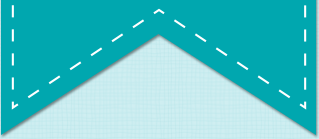

Resources for librarians, teachers, parents, & grandparents